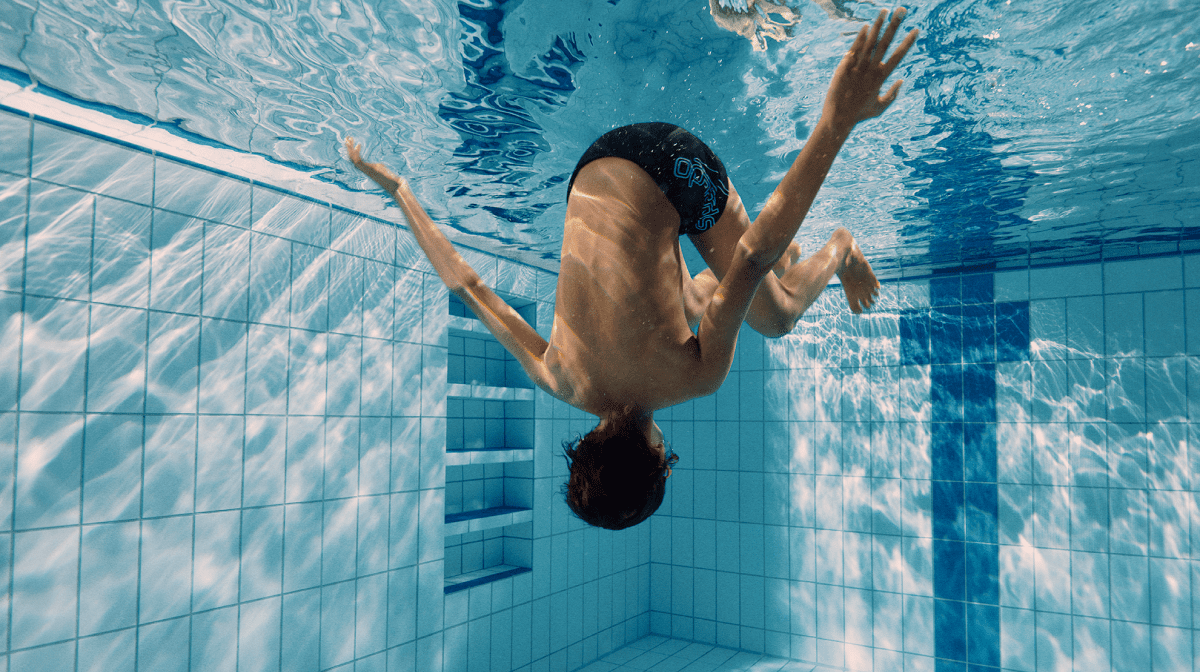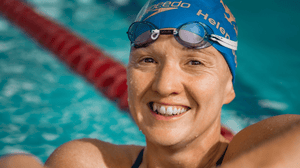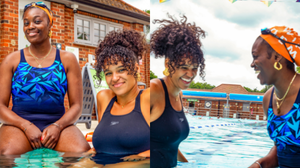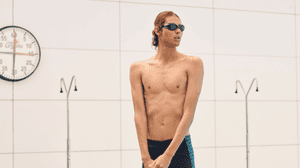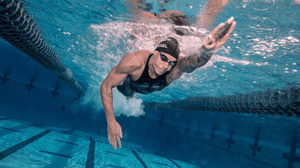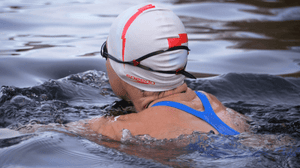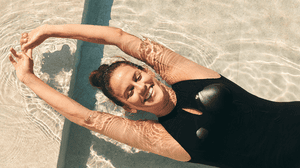

Why is learning about water safety so important?
Kenny: The statistics on drowning are so compelling. Around 400 people needlessly drown each year in the UK, so being proactive in promoting water safety is vital.
Drowning prevention – does that mean you’re sat by a swimming pool all day?
Helen: No! But our common goal at the RLSS is to educate people about water safety, prevent future drownings and ultimately save lives – sadly one person dies from drowning every 20 hours in the UK.
In my job I get to meet with the most amazing volunteers on a weekly basis, give out awards to incredible people who have rescued others from drowning, and travel around the South East of England. I meet with external agencies, attend events such as the Great East Swim, help to push campaigns, go into schools to talk water safety, and help educate people in the community. Oh and I also get sponsored to jump out of planes to help raise funds for RLSS and I’ve been on TV!
Kenny: As a Drowning Prevention Coordinator, there is no average day. Each day is unique and throws up different challenges – I can go from meeting with government ministers to delivering school water safety talks or supporting lifesaving clubs.
Do you focus on swimming pool safety or do you include open water safety too?
Helen: Both pool safety and open water safety education is important – around 85% of accidental drownings occur at open water sites.
One element of my job is delivering the RLSS UK’s Open Water Lifeguard qualification to lifeguards – I recently did this with the Suffolk branch.
So, you work closely with lifeguarding clubs and groups?
Kenny: Yes. And that’s my background. I started rookie lifeguarding when I was 8-years-old and then joined a Lifesaving Club, where I learned so much more than lifesaving. The soft skill set that an RLSS UK ‘family club’ environment embodies and promotes is so important for the holistic development of young people.
Helen: Another thing we do is train lifeguards to deliver community sessions in the leisure centres, like the Save a Baby’s Life course. Not only does this begin to build a community within leisure centres, but it also builds the lifeguards’ confidence in their CPR knowledge.
Do you work with the emergency services on water safety and drowning prevention?
Helen: Yes, we do. For example I’ve attended the Oxfordshire Fire and Rescue service’s water training sessions. And we’ve worked together to educate Oxfordshire people about water safety following a recent drowning in the Thames.
Drowning is the third largest cause of accidental child death in the UK, so how important is it to start water safety lessons early?
Helen: It’s hugely important. Recently I spent three days in local schools delivering water safety education to 800 children. Every session was completely different, the interaction with the children was different at every school, but every session was fun. The water safety message was delivered and the SAFE code was taught to children as young as four-years-old:
SPOT – spot the dangers
ADVICE – follow safety signs and advice
FRIEND – stay close to a friend or family member
EMERGENCY – shout for help and know the emergency number to call in the country you’re in
What are your top water safety tips for Speedo swimmers to swim safe?
Kenny: Always swim where there’s a safety procedure in place. Know your own abilities and make sure someone else knows where you are. Ideally go swimming with someone else who can get help in the event of an emergency – it’s also much more enjoyable! Lastly, the RLSS UK has great safety information and qualifications – get involved with these!
Drowning in the UK – the stats
- Approximately 400 people needlessly drown in the UK every year.
- Thousands of people suffer injury, some life-changing, through near-drowning experience.
- One person dies from drowning every 20 hours in the UK.
- Drowning is the third highest cause of accidental death of children in the UK.

Related Articles


